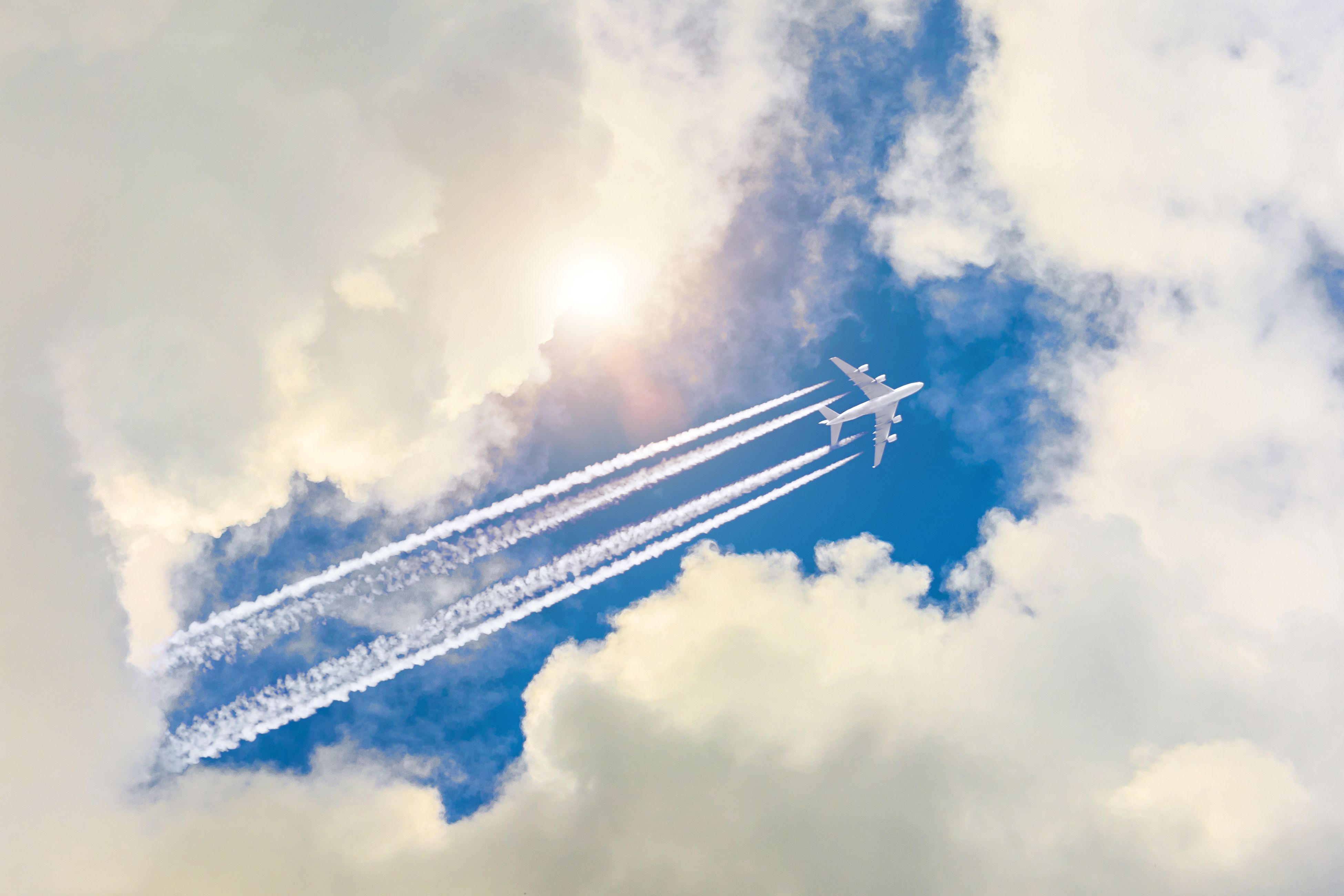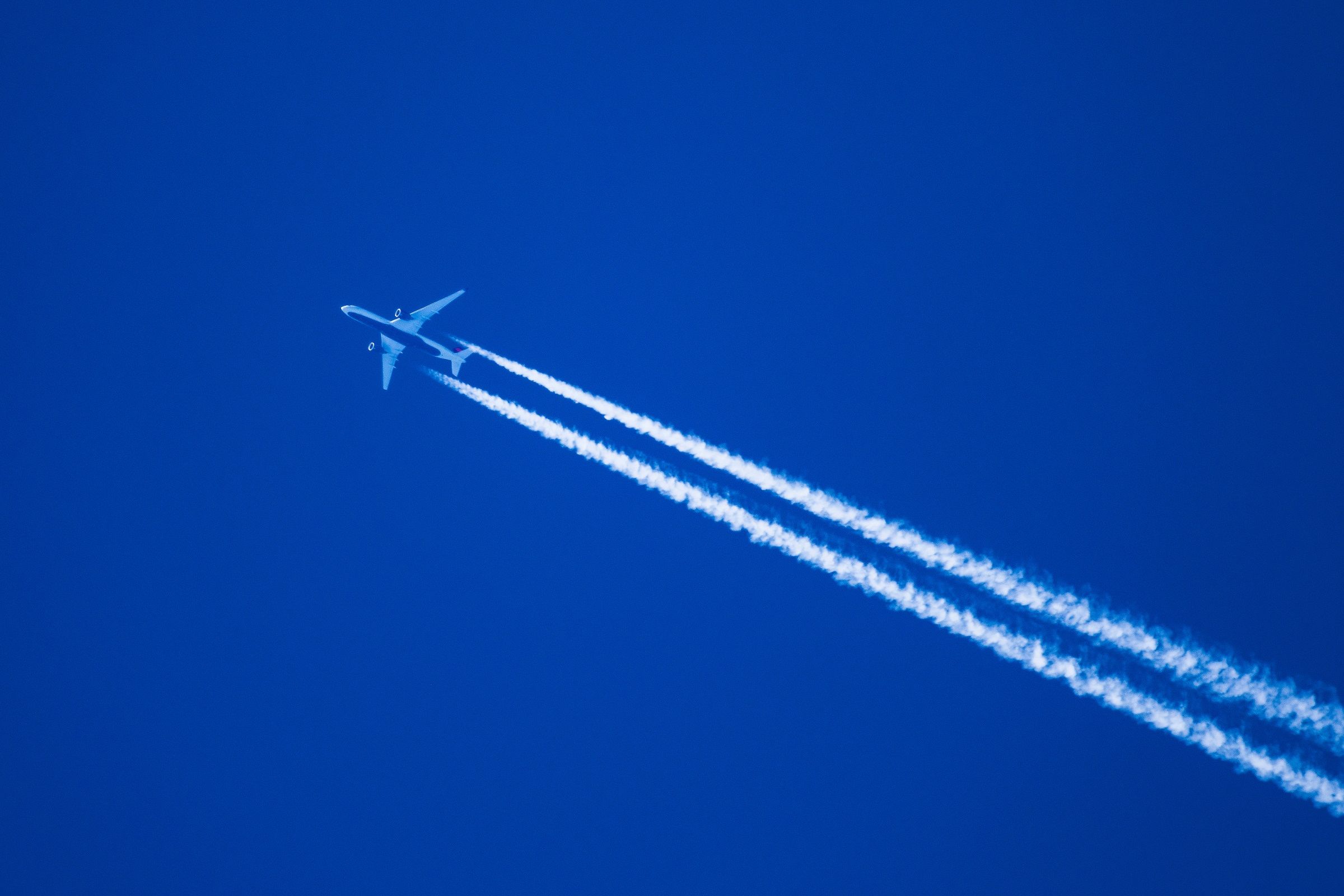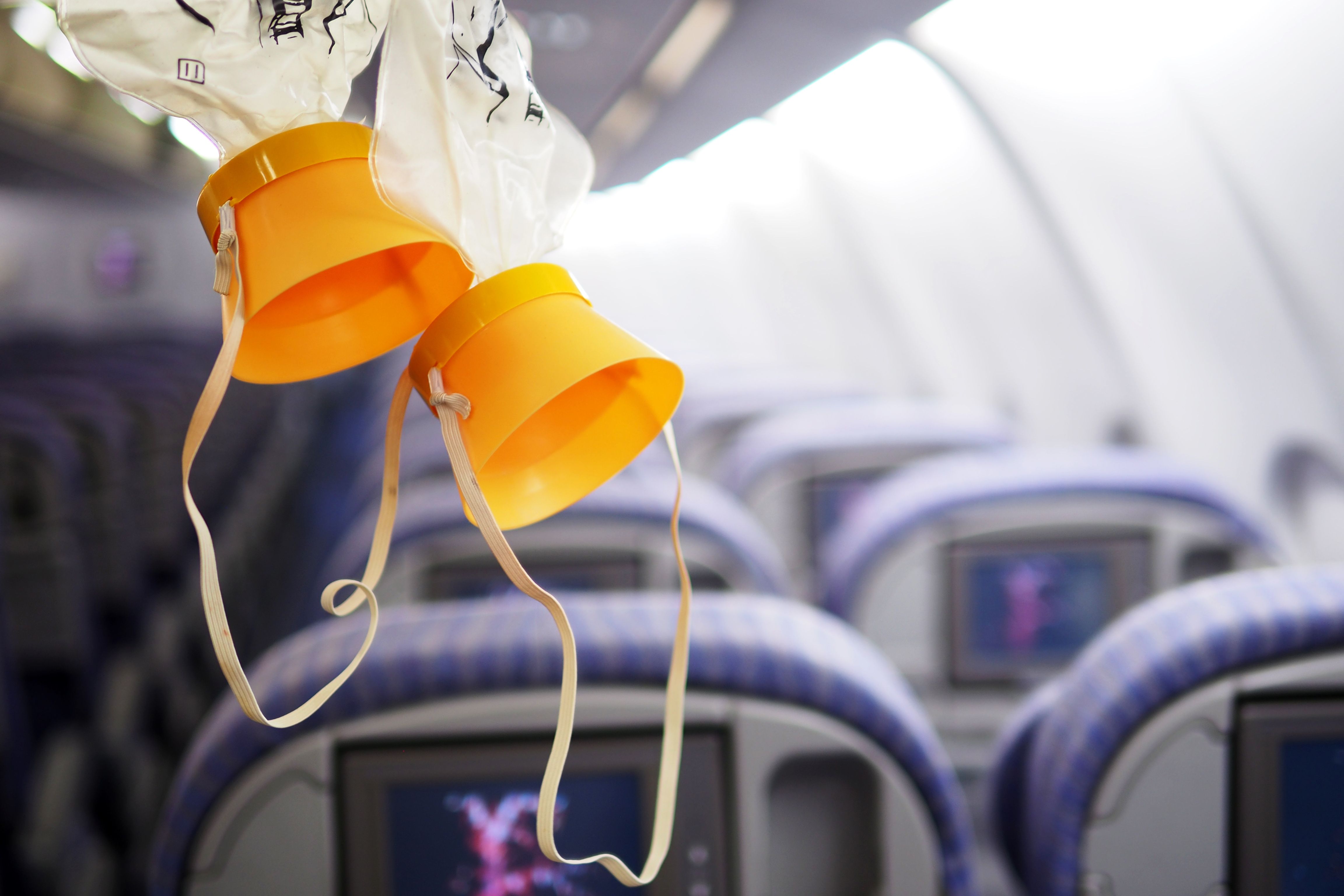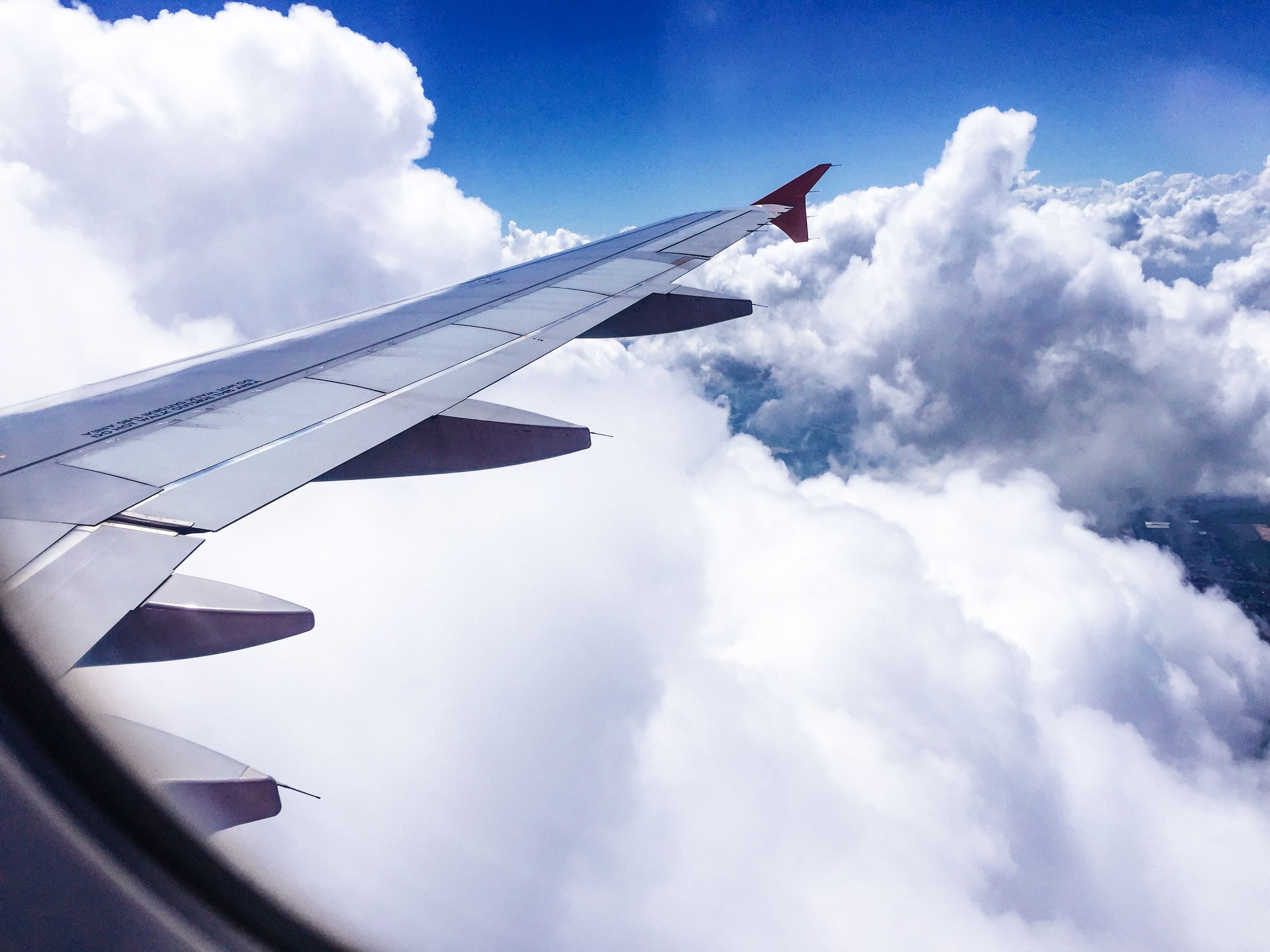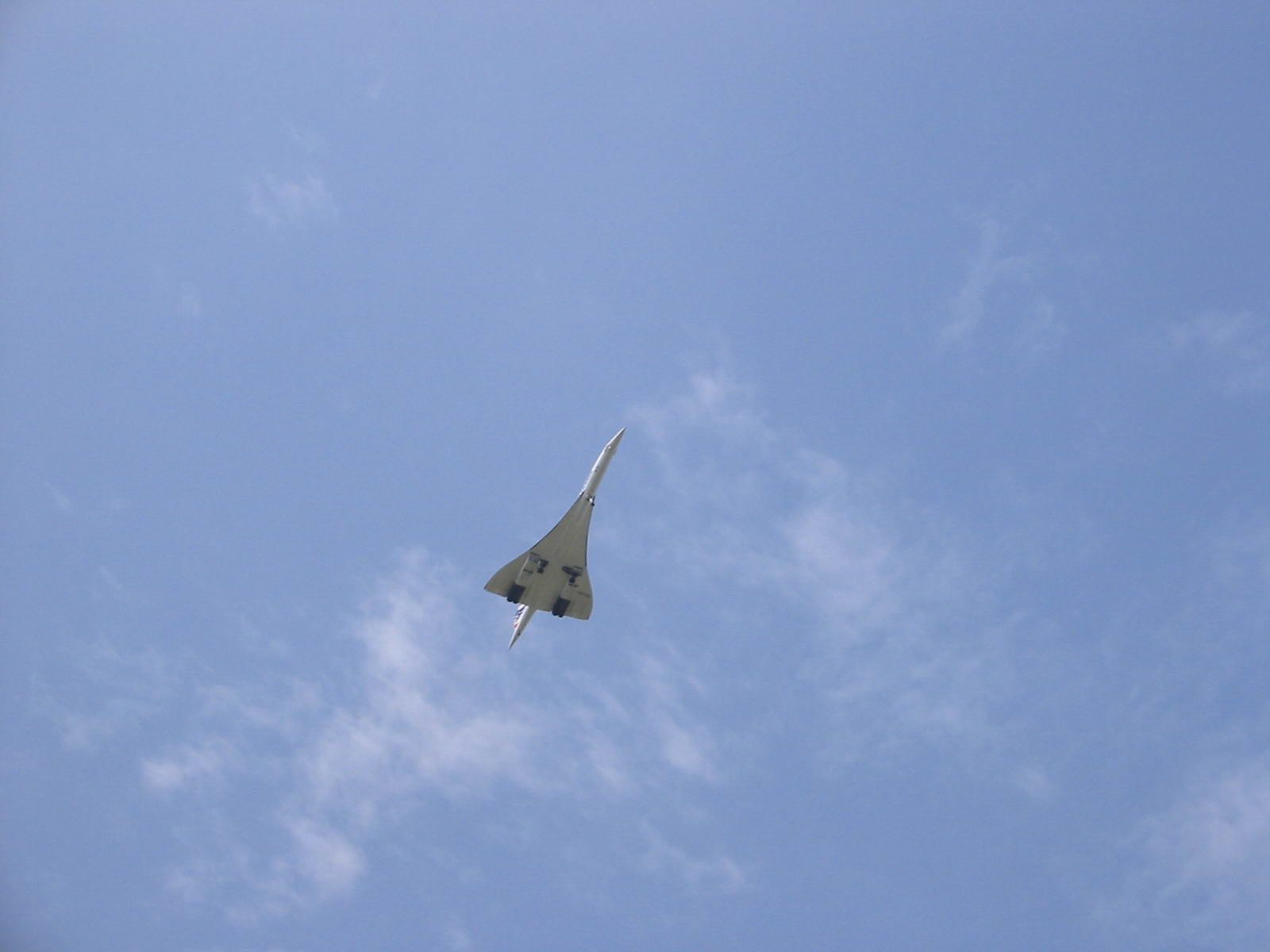Have you ever wondered why passenger airplanes always cruise at altitudes of 30,000 and higher above mean sea level? The reason is twofold: firstly, the plane can fly faster and, secondly, it is much more efficient money-wise. However, before we get into the aircraft angle and why planes cruise at high altitudes, let's first look at what happens to the air the higher you get from the earth.
What is altitude?
Altitude is defined as the height of an object or point in relation to sea level or ground level. Areas on earth are often considered high altitude if they are above 8,000 feet. The highest point on earth is, as everyone knows, Mount Everest on the border of Nepal and Tibet at 29,035 feet. The highest populated area on earth is El Alto, Bolivia, where nearly a million people live at an altitude of 13,600 feet.
The higher you go, the lower the air pressure
Altitude is related to air pressure, and pilots measure it using altimeters. The higher you get, the lower the pressure is. This happens for two reasons:
- The earth's gravity pulls air as close to the earth's surface as possible.
- The higher you get, the number of gas molecules in the air decreases, which means that nitrogen, oxygen, and carbon dioxide have less chance of bumping into each other and is something mountain climbers refer to as "thin air."
Want answers to more key questions in aviation? Check out the rest of our guides here!
The decreased air pressure also means there is less oxygen in the air available for breathing which is why aircraft are pressurized to make up for the lack of air pressure at high altitudes. Everyone has heard that if the plane should, for some reason, lose pressurization, an oxygen mask will be deployed from above your head.
Typically, a passenger will have around 10 to 14 minutes worth of oxygen. This allows the pilots plenty of time to descend below 10,000 feet, where it is possible to breathe normally. Contrary to what many people think, the oxygen supplies to those emergency masks do not come from a canister but from a chemical reaction. The mask has a chemical cartridge in a box above where the masks are deployed.
The mask is attached to a drive cable, and when it is pulled, sodium chloride, barium peroxide, and potassium perchlorate combine to release oxygen.
The higher you fly, the more efficient it is
The reason planes cruise at high altitudes is that they burn less fuel and can fly faster, as the air is less dense. At 30,000 feet and higher, it is also possible for aircraft to avoid weather systems, making it more comfortable onboard.
Referred to as turbofans, the engines on modern jet-powered airliners are most efficient when used at high altitudes. Jet engines are more efficient when operating at their maximum RPM, or exhaust temperature limits. The engines don't have to produce as much thrust at higher altitudes because the air is thinner. This means that the aircraft can fly much faster while burning less fuel at the same time.
It's all about air density
The higher up you go, the less dense the air, which means less friction or drag on the plane. At high altitudes, you need less thrust to propel the aircraft. An excellent way to explain this is to use water and maple syrup.
If you moved your hand through a bathtub of both liquids at the same speed, you would need to use more effort through the syrup as it is denser than the water. This is the same principle when a plane flies at a low or high altitude; low altitudes are like syrup, while high altitudes are like water. However, some planes fly even higher.
Concorde flew higher than most
Between 1976 and 2003, with a brief hiatus at the start of the 21st century, Concorde inspired generations by making the dream of supersonic commercial air travel a reality. It cruised across the North Atlantic Ocean at twice the speed of sound, flying as high as 60,000 feet and linking Europe and the US in three hours.
The air at such heights is even thinner, and the lack of drag up there was one of the reasons behind Concorde's supersonic speeds. The iconic jet was able to climb to such heights thanks, in part, to its wing design, which generated extra lift without increasing drag. As a result of flying so high, passengers on the supersonic jetliner even sometimes reported that they were able to see the earth's curvature.

